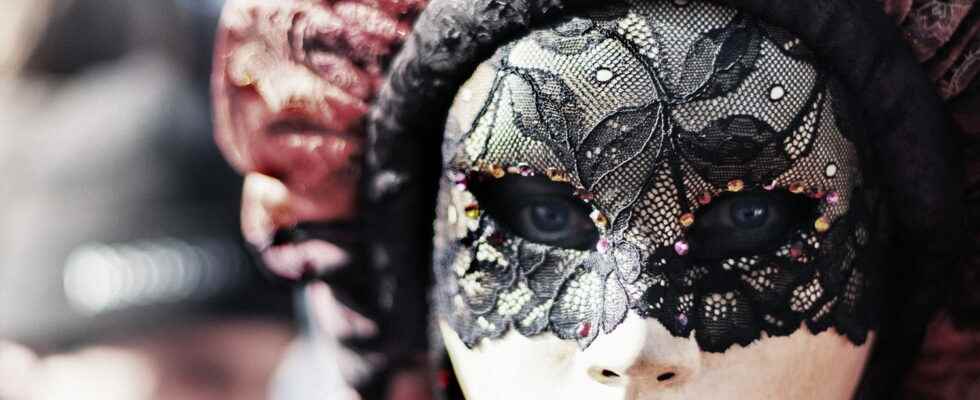[CARNAVAL 2022]. Each city celebrates its Carnival for several weeks, until Mardi Gras, which takes place on March 1st. Pancakes, waffles, donuts or bugnes… Discover the recipes, traditions and history of Carnival.
What is the date of Carnival?
[Mise à jour du 1er mars à 13h52]. The carnival festivities are held between Epiphany, the day of the presentation of Jesus to the Magi, and Mardi gras which takes place this Tuesday, March 1, 2022. Until that date, cities around the world organize their own Carnival, with costumed parades, music, and dances. A festive moment that attracts all eyes. The dates of the different Carnivals are also different according to the cities and countries.
What are the most famous Carnivals?
The most famous carnivals are those of Nice, Dunkirk, Rio de Janeiro or Venice. Many cities in France and Europe also organize their festive carnival, highlighting their customs, through dances, music, and traditional costumes. Organized with limited gauges, the Carnival of Nice took place this Saturday, February 26, on the theme of the King of animals. As tradition dictates, he was cremated on Place Masséna. In 2023, the Carnival of Nice will take place from February 10 to 26, 2023, with the theme: “King of the treasures of the world”.
Carnival, mardi gras: why do we eat donuts?
According to Catholic rites, the carnival is a period of festivities preceding a moment of deprivation. Mardis gras marks the end of the festivities. To this joyous day succeeds the Ash Wednesday date on which, according to the Old Testament, we cover ourselves with ashes to acknowledge our faults before God. By doing penance during the period of Lent (40 days from Ash Wednesday), he works for his redemption. The high point of the carnival, Mardi Gras comes to close a cycle made of amusements and rejoicings and announce a time dedicated to contrition. During the 40 days of Lent, Christians, to wash away their sins, must stop consuming fatty products such as meat or products derived from animals (butter, eggs, cheese, etc.). By having a feast on the occasion of Mardi Gras, Christians savor rich and hearty dishes one last time before observing a more austere diet.
What traditions during the carnival, why do we dress up?
Historically, the carnival was materialized by a reversal of roles : the master thus disguised himself as a slave and vice versa. Wearing a mask made it possible to preserve the mystery of each person’s identity.… Today, some elements remain inseparable from the carnival. Symbol of all the inconveniences associated with winter, the Carnival King is sometimes burned after a final parade to exorcise misfortune and signify the arrival of spring. To the battles over flour, sweets or sweets, which prevailed in Nice in the 18th centuryand century, today we prefer the toss of confetti… less dangerous but just as messy.
What activities to do with children for Carnival?
Whether it’s Carnival or Mardi Gras, children love to put on their best costumes. Make-up completes these original disguises, as do the accessories that complete the outfit.
What is the oldest carnival in the world?
Evoked as early as 1094 in an edict by the first Doge of Venice, the venice carnival seems to be the oldest carnival in the world.
What is the history of Carnival?
The origins of the carnival date back to antiquity. Two centuries BC, the inhabitants of Babylon organized 5 days of celebration, called Sacées, to honor the goddess Anaitis and to welcome the arrival of spring. During these 5 days, the slaves slipped into the costume of their masters and vice versa. During ancient Rome, the Romans organized the Saturnalia, festivals that lasted several days at the time of the winter solstice, and during which the roles were also reversed to honor Saturn. In the Middle Ages, representatives of the Catholic Church began by rejecting these pagan festivals before adopting them. In the 8th century, Lent, a 40-day fast, but also Easter were introduced. It was at this time that the carnival which took place before Lent was democratized in order to allow Catholics to relax before a long period of fasting.
